Learn How To Poach An Egg Like They Do In A Restaurant
Start with a pot of water. You will need two quarts. Starr recommends using hot water from the tap, as it will come up to temperature faster than cold water.

Add a third of a cup of plain white vinegar to the water. This is the golden ratio, says Starr: two quarts water to one third of a cup of vinegar.
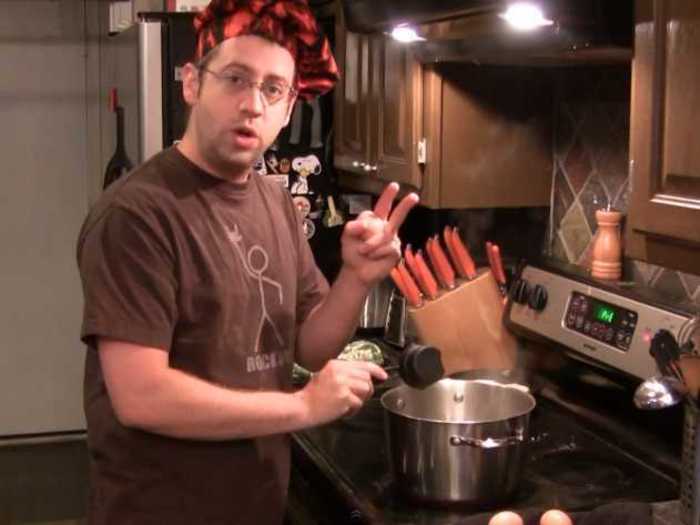
SCIENCE LESSON! The acidity in the vinegar counteracts the alkaline properties of the egg, preventing the whites of the egg from spiraling all over the pot.
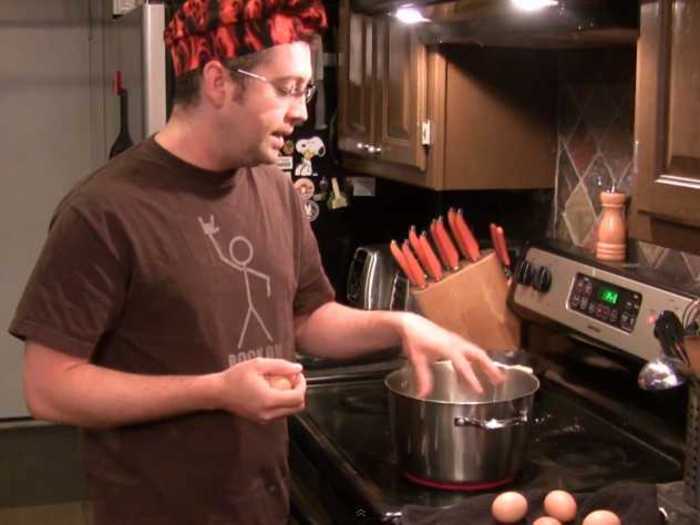
Heat the pot on high, but don't let it come to a rolling boil, as this would break the egg apart. The perfect water is very hot, with small, gentle bubbles breaking the surface.
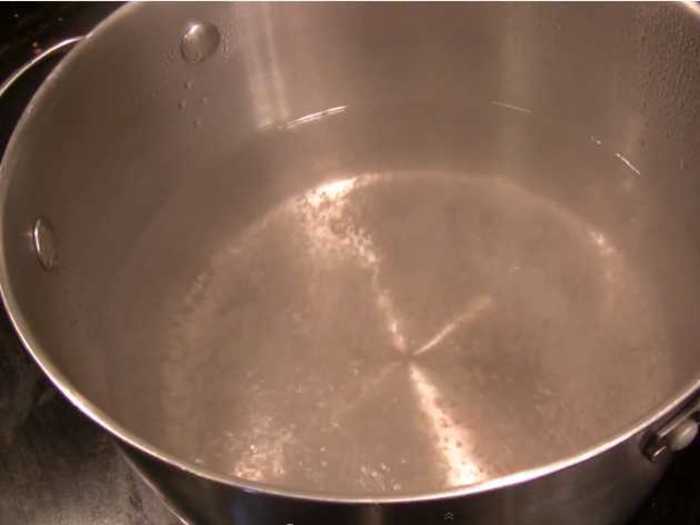
Now it's time to prep the egg. Star suggests organic, free range eggs. They're a bit more expensive, but they're better quality, easier to cook, and taste better.
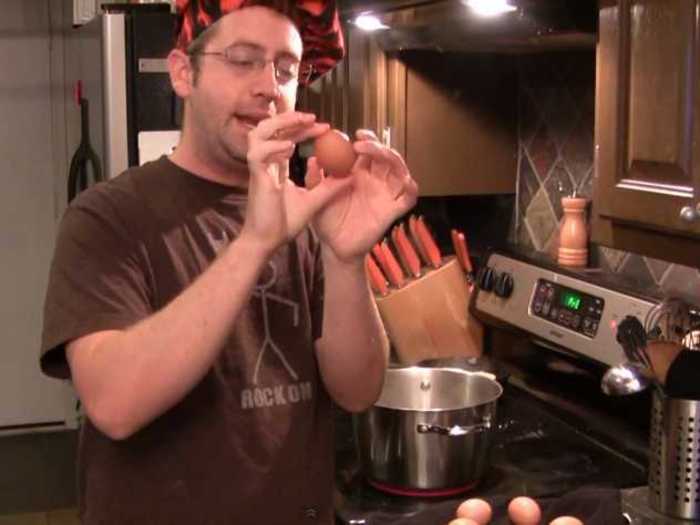
Turn the egg so you're looking at the wider end, not the narrower end. At the wide end of the egg there will be an air pocket just under the shell.
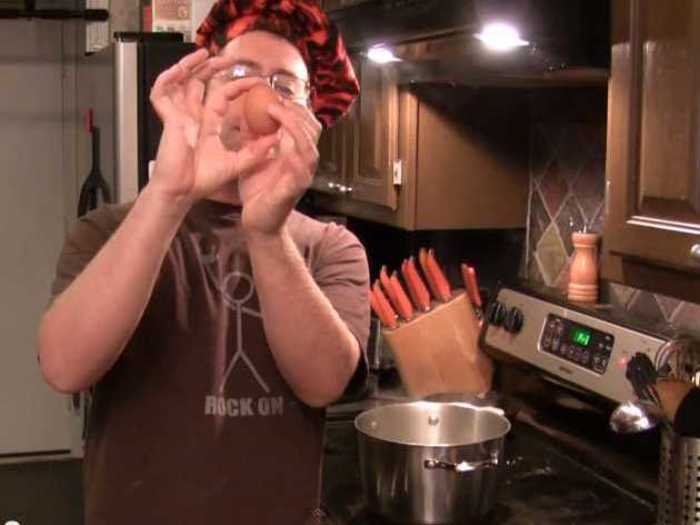
Use a pin or pointy tool to poke a small hole into the air pocket. Don't go so deep as to puncture the egg; you still want the egg intact inside the shell. Starr says the hole will be about an eighth of an inch deep.
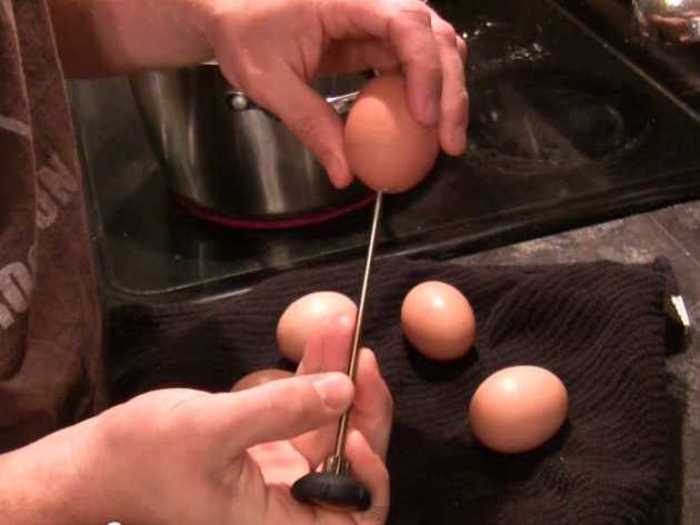
While the egg is still in its shell, gently lower it into the pot with a slotted spoon and let it cook for 10 seconds. Water will enter the egg through the hole you made, lightly cooking it and holding it together so when you go to poach the egg it will retain its shape.
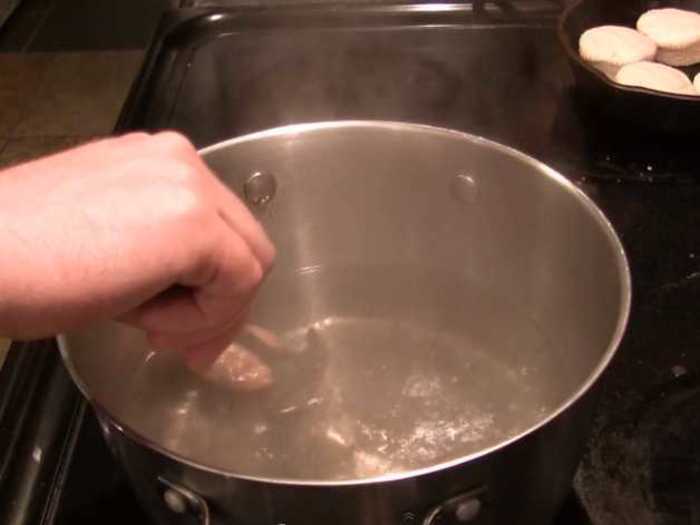
After 10 seconds, lift the egg out. Then crack the egg into the water, as close to the surface as you can get. Some chefs recommend cracking it into a cup first and then sliding the egg into the water, but Starr says the best way is to crack it by hand.
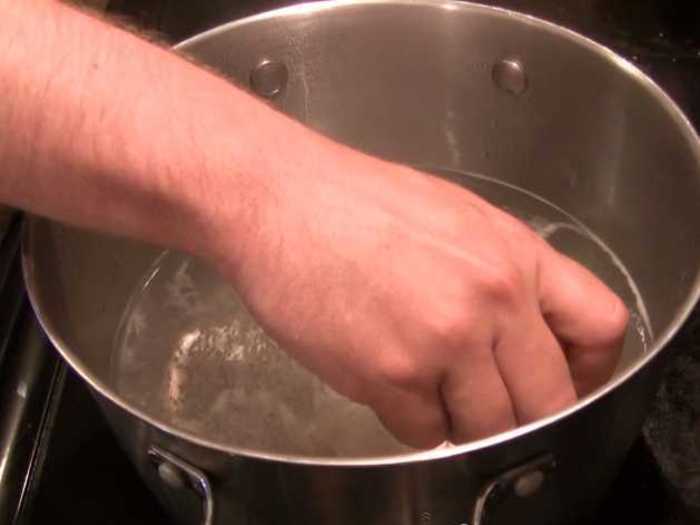
Now let the egg sit, without stirring the water. Leave it for exactly four minutes. If it looks like it's getting stuck to the bottom of the pot, use your slotted spoon to gently nudge it away, but don't touch it otherwise.
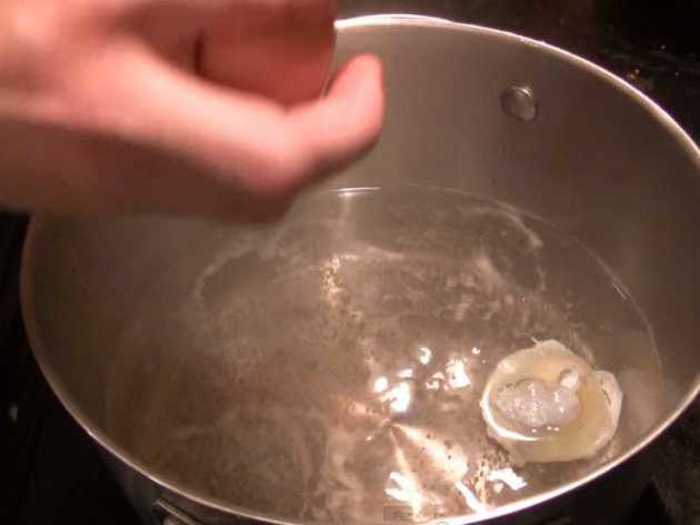
At two minutes you can already see the egg has formed a perfect little pouch. This is a result of the vinegar in the water and the 10 second pre-boil. Let it continue to cook.
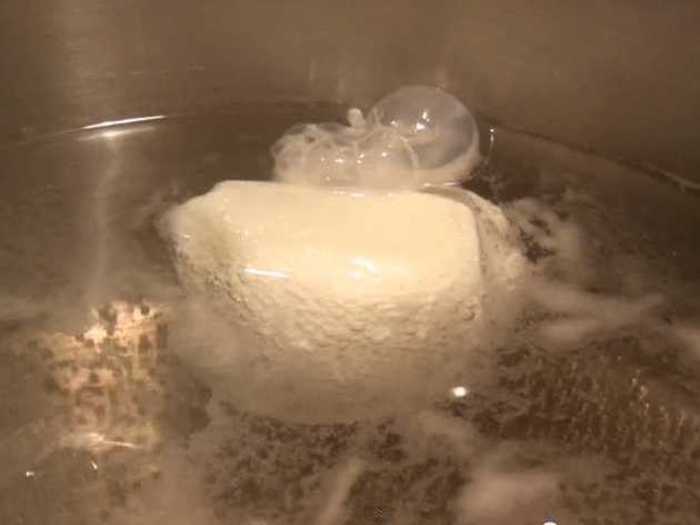
At the four minute mark, lift the poached egg out of the water with your slotted spoon.
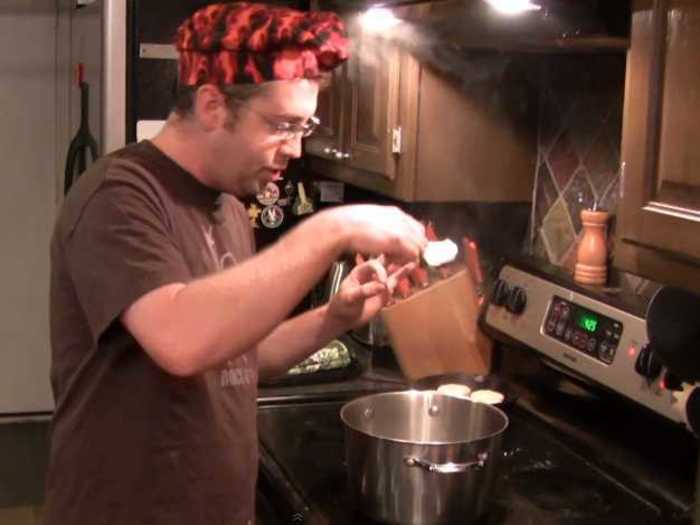
Transfer the egg immediately to a bowl of cold, non-ice water. Ice could damage the egg, but cold water stops the cooking process and keeps the egg's runny, molten yolk. Leave the egg there until you're ready to serve it. You can even put the egg-in-water in the fridge, and it will keep for a day or two.
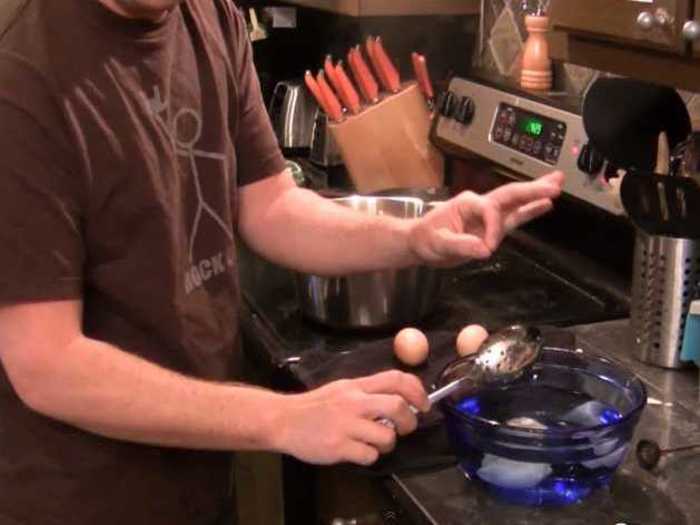
The egg is ready for eggs Benedict or any other dish you can think up. Bon appetit!
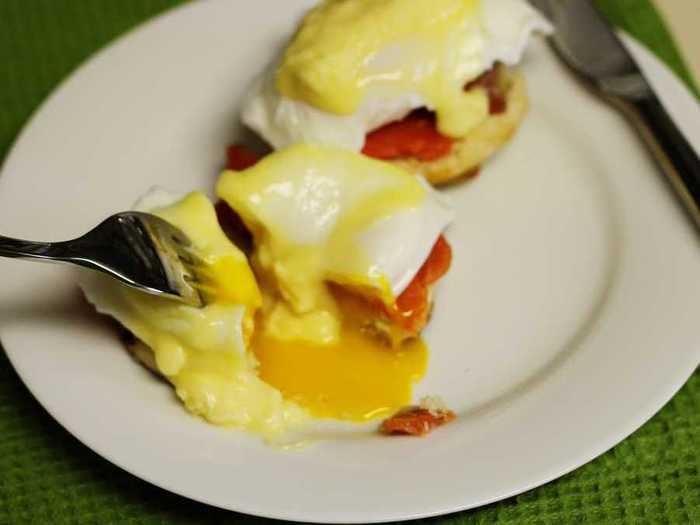
Sharpen your other cooking skills.

Popular Right Now
Popular Keywords
Advertisement